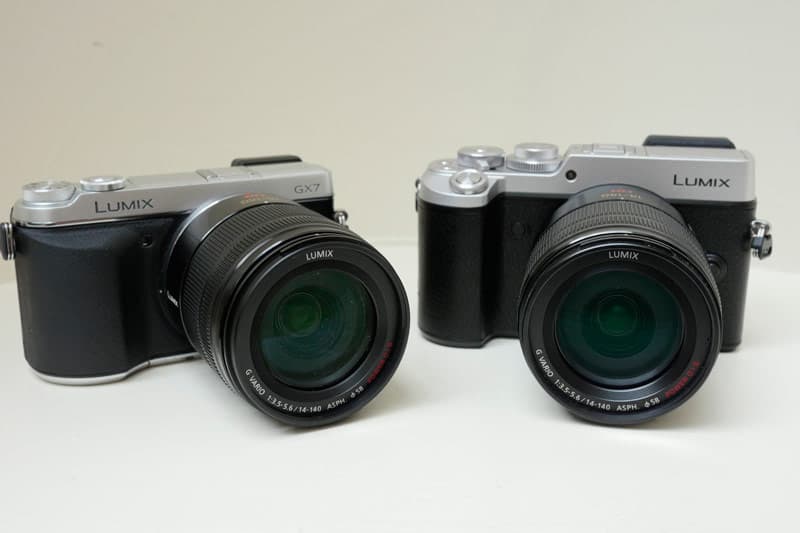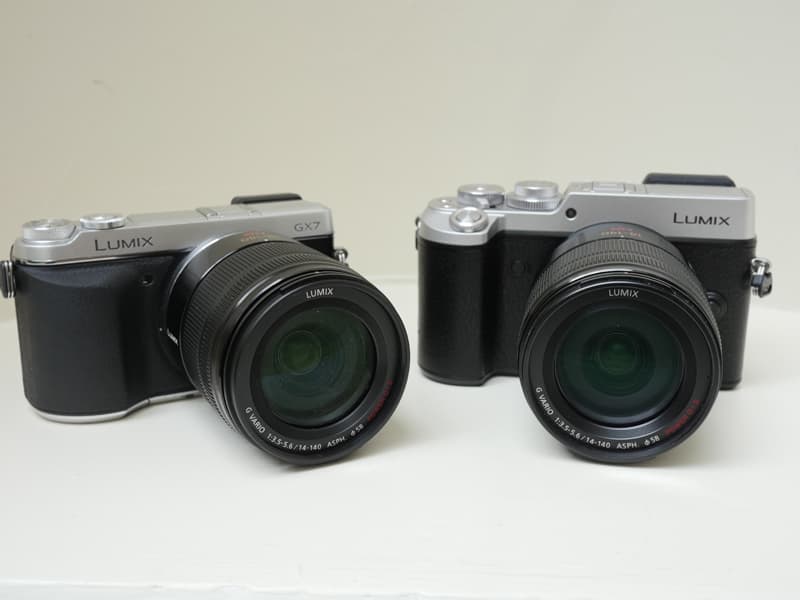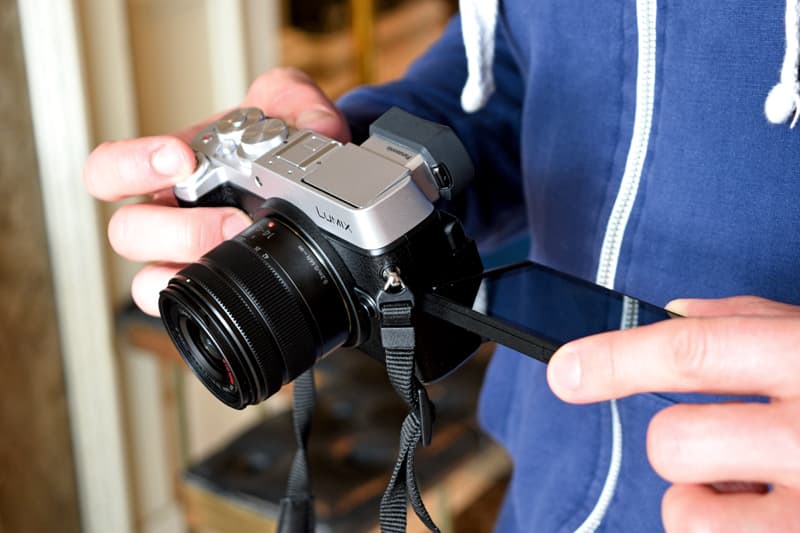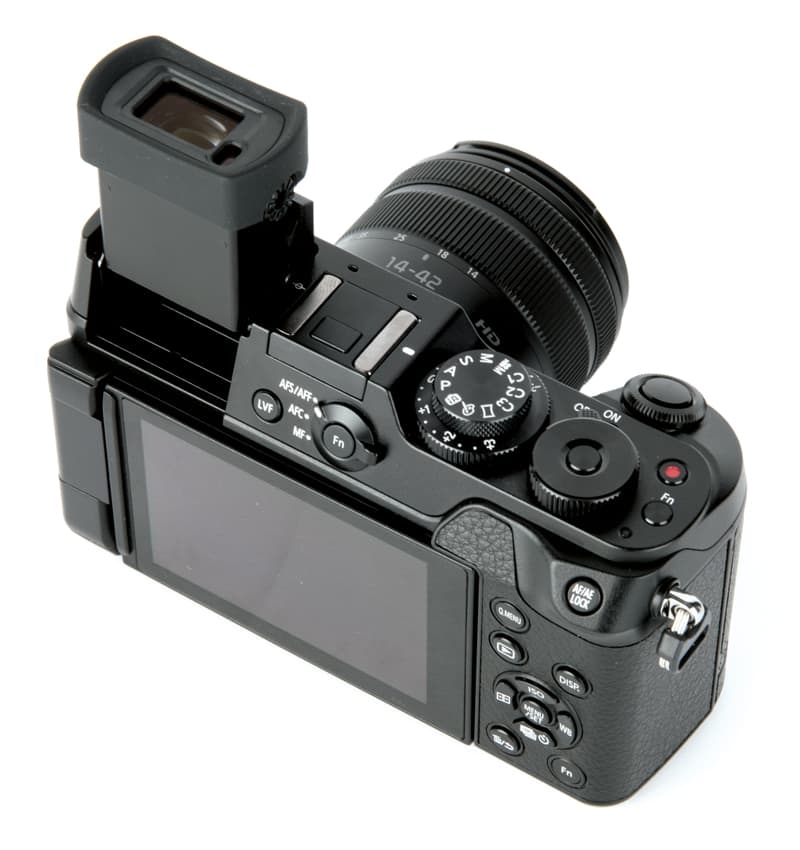1. New body design
You might expect the GX8 to just look like a scaled-down, sleeker version of the GX7, but Panasonic has gone in a different direction.
The result has more in common physically with the LX100, with a deep handgrip and a weather-sealed magnesium alloy construction, weighing 85g more than the GX7.
Read our full Panasonic Lumix DMC-GX8 first look review
2. New controls
In terms of control, the GX8 overwrites what’s gone before with the first physical exposure compensation dial to feature on a Lumix CSC, stacked beneath the mode dial. This replaces the small exposure compensation dial which sat at the rear of the GX7. The GX8 also comes with a large number of customisable buttons, situated around the body.
3. New screen
The new LCD monitor on the GX8 is an OLED unit with 1,040,000 dots of resolution. It now also has a vari-angle hinge, which allows it to swing out from the body to offer full articulation, which will make portrait and landscape composition at high and low angles much easier. It’s also touch-sensitive.
4. New EVF
The brand new 2,360,000-dot OLED electronic viewfinder is much bigger than the version we saw on the GX7, offering a magnification of 0.77x equivalent. Panasonic claims not only that it will be sharper at the edges and corners than its predecessor, but will also outperform the same-size viewfinder of the mighty Fujifilm X-T1.We’ll have to wait until we get a full review sample to test the veracity of these claims.
5. New sensor and processor
Panasonic brings the G series to new heights of resolution with a new 20.3-million-pixel Live MOS sensor (a megapixel count beating that of even the flagship GH4), the first sensor of this resolution to feature in any Micro Four Thirds camera from Olympus or Panasonic. The introduction of the image processor from the GH4 allows the GX8 to cope with the demands of this increase in resolution.
See our Panasonic Lumix DMC-GX8 sample image gallery
6. New 4K video
Panasonic’s commitment to 4K is still very much in evidence, as the GX8 comes packing 3840 x 2160 recording at 24fps or 25fps, and the 4K photo modes we’ve seen on other G cameras such as the recent G7, which create 8MP JPEGS from 4K footage.
7. No more pop-up flash
So clearly plenty of new additions, but is anything missing from the predecessor? Panasonic has decided to remove the built-in pop-up flash from the GX8 – those who want to make use of on-camera flash will have to attach an external flashgun via the hotshoe.
Read our full Panasonic Lumix DMC-GX7 review
8. Improved image stabilisation
The GX7 was the camera that introduced in-body stabilisation to the Panasonic G stable, and now the GX8 comes to one-up it with a Dual IS system. This uses the image stabilisation system in some Micro Four Thirds lenses and combines it with the four-axis on-sensor image stabilisation to create a system that Panasonic claims will be just as effective as Olympus’ 5-axis stabilisation system (though again we’ll have to wait to test out this claim).
9. Improved focusing
With more than double the focus points of the GX7, and an AF acquisition time reduced to 0.07sec, the Panasonic GX8 is fast and versatile as far as focusing goes. Focus points can be selected via the touchscreen.
10. Faster burst shooting
The faster focusing has been matched by increased burst capabilities, with the GX8 shooting at up to 8fps with the mechanical shutter, and able to increase to up to 40fps with the electronic shutter if you don’t mind shooting only JPEGs.
The Panasonic Lumix DMC-GX8 will be available starting at £1069 body-only, £1799 with a 12-34mm lens, £1399 with 14-140, £1149 with a 14-42mm lens.
















